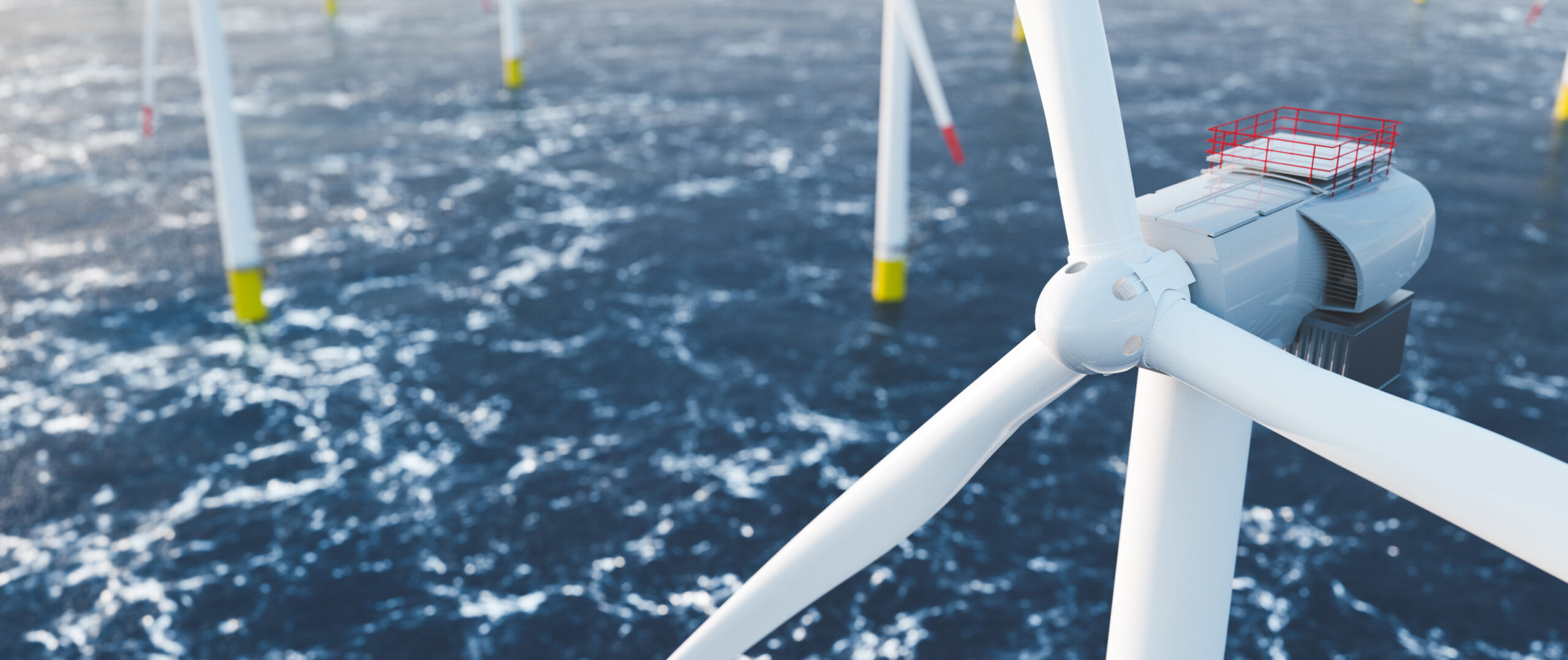Now they tell us
Wind farms save the world, and absolutely do not hurt dolphins or whales, but did you know the industry has developed bubble curtains to protect porpoises’ hearing from the things that never harm them (isn’t that nice of them)? Bubble curtains are being “widely” used in Germany, Denmark, and the Netherlands.
The BBC is happy to report it now there are good results from a study, but apparently, they weren’t too enthused in 2013 about telling us how pile-driving during construction can permanently destroy hearing in marine mammals. Indeed, ocean noise is such a problem the pile-driving teams use acoustic deterrents — loud noises designed to scare marine life away before they get started on the industrial noise. But even the “safety warning” may itself be dangerous.
So that’s alright then, windfarm construction used to kill porpoises, and the BBC kept that a secret, but now that we’ve solved it, it’s news we can use, right?
“Like a giant jacuzzi.”
How bubble curtains protect porpoises from wind farm noise
The original pile-driving in that study was actually done around 2009. If intrepid investigators from the BBC cared about marine life for real and investigated, they could possibly have reported it 14 years ago and before another 4,000 wind turbines were hammered into the sea floor. Do dolphins matter, or don’t they?
It appears the BBC only mentioned underwater noise pollution once before in 2018, and the one reference to a wind farm was buried in a list of other industrial sources of noise. There were no headlines “Windfarm construction kills porpoises”. If coal miners used pile drivers and were killing dolphins, the BBC would headline it and then repeat it until children at school were singing songs about it.
But those wind farmers are the nicest guys designing these jacuzzis just for porpoises:
It only took the BBC ten years to mention the Dähne study of 2013:
At close range, pile-driving noise can cause temporary hearing loss or even permanent deafness in harbour porpoises, leaving them disoriented and unable to survive. There can also be indirect damage. A 2013 study of pile-driving during the first offshore wind farm built in the German North Sea found that the noise prompted harbour porpoises to flee the area, swimming more than 20km (12 miles) away. Harbour porpoises need to eat and hunt almost constantly to meet their energy needs. Fleeing over long distances can disrupt that vital activity and make them vulnerable to starvation. Seals may be similarly affected.
Harbour Porpoises have been having a hard time in the Baltic Sea. At least one mammal expert suggests they are dying awfully young:
Siebert points out that while porpoises can generally live for more than 20 years, in the Baltic Sea the average life span for females is just under four years, and in the North Sea, just under six years. “The animals in our waters die far too early,” she says.
Where is Greenpeace when a porpoise needs them?
REFERENCE
Michael Dähne et al (2013) Effects of pile-driving on harbour porpoises (Phocoena phocoena) at the first offshore wind farm in Germany, Environmental Research Letters, Volume 8, Number 2, DOI 10.1088/1748-9326/8/2/025002
This article originally appeared at JoNova
